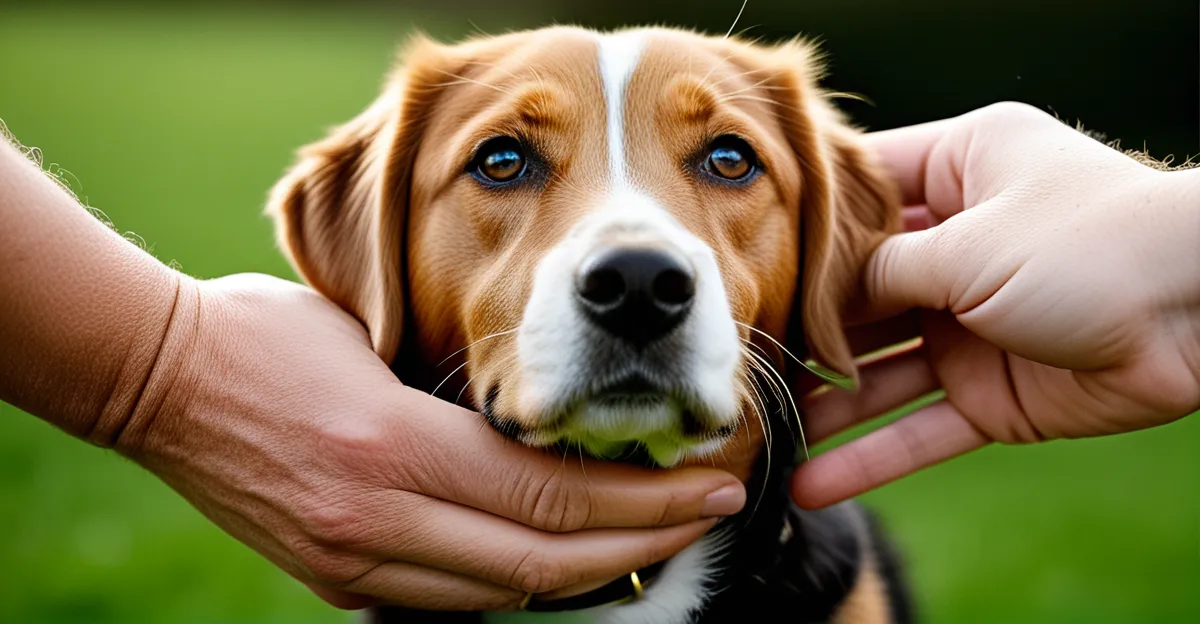Major historical milestones in UK pet ownership
The history of pet ownership in the UK dates back to early domestication, with initial records showing that pets—primarily dogs and cats—were kept for companionship and practical purposes like pest control. Over centuries, the evolution of pet keeping reflects shifting human attitudes and societal changes.
A pivotal era was the Victorian period. This time saw a transformation in how pets were perceived, shifting from utilitarian roles to valued family members. The Victorian love for small toy breeds and lapdogs symbolized this changing relationship. Furthermore, advances in veterinary care and the rise of pet breeding standards marked significant events in UK pet culture.
In parallel : How Do Different Pets Influence Family Dynamics in the UK?
The 20th century, particularly post-war, brought mainstream acceptance of pets as essential to the household. The expansion of the pet industry—offering specialized food, accessories, and healthcare—mirrored this shift. These significant events in UK pets history include the increased popularity of cats as indoor companions and the introduction of exotic species into homes, showcasing broader acceptance and diversity in pet keeping today.
Statistical trends in UK pet ownership over time
Understanding UK pet ownership statistics reveals insightful patterns in pet population trends across decades. Data on UK pets shows steady growth in dog and cat ownership since the mid-20th century, peaking in recent years as more households embraced pets as companions. However, some smaller mammals and exotic pet numbers have fluctuated, reflecting changing preferences and regulations.
Topic to read : How Do Pets Influence Our Lives in the UK?
Popular pets like dogs and cats remain dominant, but there’s a notable rise in interest toward exotic species and small mammals in urban areas. This shift aligns with demographic changes, such as younger owners preferring smaller pets suitable for apartments. Regional differences also emerge; for example, rural households tend to favor dogs more, while urban settings show diversified pet populations.
Pet population trends also correlate with broader social factors. Family structures evolving toward single-person or dual-worker households influence choice and number of pets. Thus, analyzing UK pet ownership statistics helps clarify how cultural and lifestyle shifts shape the evolution of pet keeping.
Accurate data collection remains vital, enabling stakeholders to support the growing and changing needs of pet owners across the UK. These insights on pet population trends bolster understanding of the significant events UK pets have undergone as pet ownership adapts dynamically.


